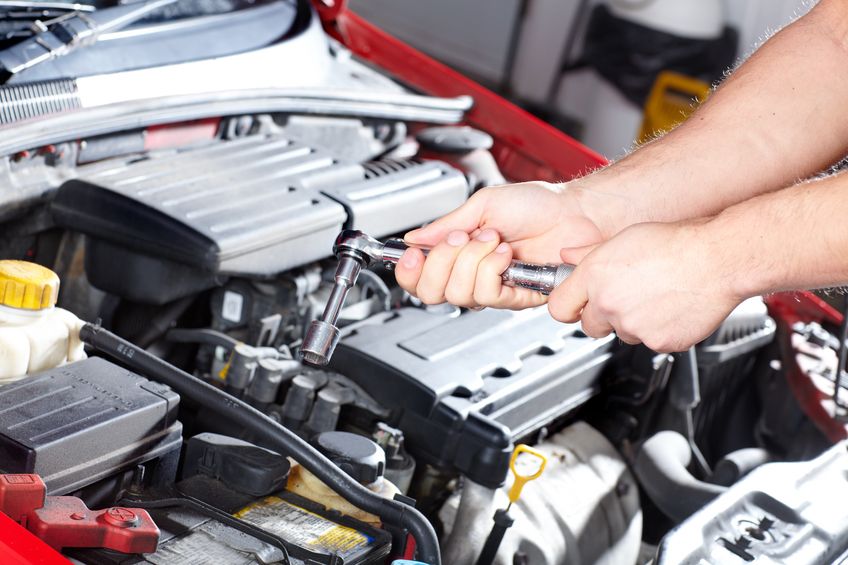Mileage, even low miles, puts wear on a wear on any engine, and used Japanese engines are no exception. The moving parts of a motor weaken with every passing mile. The pistons rub against the cylinder walls every time the engine runs. The motor heat helps deteriorate the rubber in seals, rings, and gaskets.
Engine wear takes a toll on compression. Good compression is a sign of a healthy, efficient motor. Healthy efficient engines produce maximum power as well as burning fuel economically.
The motion of the motor’s pistons produces engine compression. A small chamber is formed between the top of the piston in the cylinder block and the head. Valves in the head release air and fuel into the chamber.
When the piston moves up, the chamber becomes smaller, pressurizing the air and fuel mixture. Compressed air and fuel lead to more powerful, efficient combustion when the spark plug ignites the mixture. The combustion process produces the mechanical energy required to turn the crankshaft and drivetrain.
Low compression means that the combustion chamber is not sealing correctly, allowing air and gas to escape. The usual causes are bad valves, valve seals, head gasket, rings, or worn cylinder. The parts that need replacing are determined by how many cylinders are losing compression. If the piston rings or cylinders are worn, the engine must be rebuilt.
Used Japanese engine compression testing
All of Engine World used Japanese engines are manually compression checked to ensure engine quality. To test each cylinder, the spark plugs are removed and the pressure gage inserted in place of the plug. The engine is cranked several times and the maximum reading is noted. The reading can then cross referenced with the manufacturer’s compression ratios.
To convert the pressure reading, 20 times the first number in the compression ratio is the usual rule of thumb. For example, 10:1 compression ratio should be about 200 psi (20 x 10), plus or minus the manufacturer’s tolerances.
Compression testing of used Japanese engines is important because it lets the buyer know whether the engine being purchased can be used immediately when it arrives from the supplier or whether the motor must be rebuilt. The buyer should take care to know the recommended manufacturer’s compression ratios, as too much compression will severely damage an engine and too little compression will not deliver enough power to turn the crank and drive train.


